Wake Up Your Garden: Backyard Homestead Spring Preparations
The backyard homesteading enthusiasts know it’s time to stir their garden beds from winter’s deep sleep when the last frost falls and the first green shoots emerge from the cold, moist dirt. This restoration and preparation is essential for the upcoming season’s bounty and for the health and fertility of your homestead’s soil, which drives productivity. Spring planning and planting are rituals that reconnect us with life, promising growth, rejuvenation, and abundance.
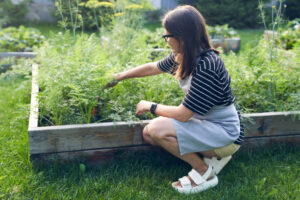
Spring presents new difficulties and opportunities for backyard homesteaders. The winter-compacted and chilly soil needs care and regeneration to nurture seeds and sprouts. This process begins with pH and nutrient testing of your garden beds. This may seem like an archaic procedure, but it’s like reading the soil’s diary to understand its requirements, experiences, and winter performance. Lime or sulfur may be needed to sweeten acidic soil or rectify alkaline soil, calculated and applied according to its needs.
Another vital spring garden preparation is aeration. After months of snow and rain, soil compacts, hindering root growth and water drainage. To create air pockets, carefully turn and loosen the soil using a fork or broad fork. Simple but revolutionary, this process lets the earth breathe and accept new plant roots.
Adding organic materials to spring soil is the most nourishing. Mix compost, well-rotted manure, or leaf mold throughout the beds into the top layer. This feeds and structures the soil, improving its moisture and nutrient retention. For a backyard homesteader, this is like laying the stage for the year’s drama, feeding and supporting every performer from the smallest seed to the largest plant.
Mulching after winter is sometimes ignored while preparing garden beds. Organic mulch conserves moisture, suppresses weeds, and eventually degrades to improve soil fertility. As the season develops, this layer will shelter beneficial insects and microbes vital to the homestead’s environment.
With spring, water management plans must be reviewed. Soil saturation from melting snow and spring rainfall can cause waterlogging. Root rot and fungal diseases can be prevented by creating raised beds or installing French drains. Rainwater harvesting devices can provide a sustainable garden water source in spring-dry regions.
Spring planning culminates in crop selection, which depends on soil, climate, and homesteader aims. Some may appeal to heirloom varieties with distinctive flavors and hues or high-yield crops that may be kept for winter. Because some plant combinations naturally discourage pests or boost growth, companion planting can improve garden health and output.
Rotational planting improves garden bed fertility over time. You may prevent soil depletion and plant-specific pests and illnesses by rotating crops in each bed. Ancient agricultural wisdom mirrors the earth’s fertility-sustaining cycles of growth and repose.
Keep in touch with the soil and its cycles while tilling, testing, and planting. Backyard homesteading encompasses nature’s rhythms and abundance, not just duties. By carefully preparing your garden beds, you create a dynamic, life-sustaining environment in your backyard.
Transitioning from winter’s harshness to summer’s lushness shows life’s resilience and stewardship. As you sow, so shall you reap this timeless saying promises regeneration and abundance for those who appreciate, know, and connect with the ground. Thus, the backyard homestead becomes a microcosm of the globe, where past lessons and future dreams are woven into the soil.
Growth Rhythms: Early Backyard Homestead Plantings
Backyard homesteading enters a season of hope and preparation as the last frost melts and the days lengthen. Gardeners can start plantings on the spring equinox, which balances day and night. Understanding nature’s rhythm and each plant’s demands leads to a healthy garden of keen anticipation and planned action during this season. Early plantings require patience, precision, and preparation as time and temperature interact.
The garden whispers possibilities, encouraging the homesteader to decide what to start and when. This decision is about understanding each crop’s delicate dance with the garden’s environment, not just dates and temps. Hardy, resilient plants can be seeded directly into workable soil. Peas, spinach, and radishes are pioneers that defy the cold, sprouting with almost fantastic life force.
The more sensitive plants, less suited to spring’s cold air, need a sunny windowsill or greenhouse to start their voyage. Tomatoes, peppers, and eggplants dream of sunny days and grow in the farmhouse until spring arrives. Start seeds indoors to strengthen the link between grower and seed and observe growth and vitality daily.
Timing is crucial in early planting. Too early, and the tender seedlings may be frost-damaged; too late, and they may need more time for harvest. The length of daylight, soil warmth, and local environment indirectly determine each plant species’ calendar. The homesteader learns these natural rhythms and plans the season around each plant’s requirements and cycles.
Homesteaders choose early-season plants based on their culinary and nutritional goals. For a continual yield, lettuce, kale, and Swiss chard may be planted in succession for early spring greens. Tomatoes and cucumbers may be started indoors early for summer salads and salsa, their pots lined up like excited children waiting to play.
Companion planting can boost growth, insect control, and flavor in these early phases. The Three Sisters, a long-standing maize, beans, and squash relationship, shows this symbiotic planting approach. This strategy maximizes space and resources and reflects nature’s interconnection, where every element contributes to life’s fabric.
Early planting allows for experimentation and learning. Each year is a chance to try new types or techniques, learn from last year’s successes and failures, and adjust to the garden’s changing conditions. Each season of backyard homesteading builds on the prior, generating a wealth of knowledge and experience.
Early planting season makes watering a skill. Seeds and seedlings need a soft touch and a keen eye to maintain the delicate moisture balance, unlike established plants. As with neglect, overwatering can cause root rot or damping-off disease. Homesteaders learn to listen to the soil, detect its dampness, and water sparingly to help new plants thrive.
The early plantings grow with energy, demonstrating the earth’s fertility and the gardener’s care. This earliest period of the garden’s life shows the homesteader’s physical and spiritual connection to the world, which nurtures the plants and the gardener’s soul.
Early planting is a promising time in backyard homesteading. It’s a time of regeneration when the earth’s dormant vitality and the gardener’s dreams come alive in color. The homesteader weaves a story of growth, resilience, and abundance into the season by planting.

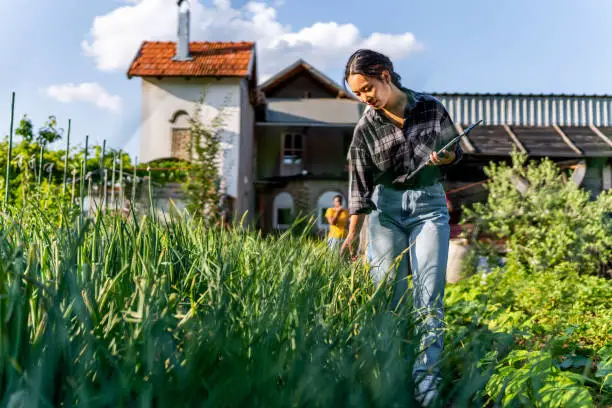
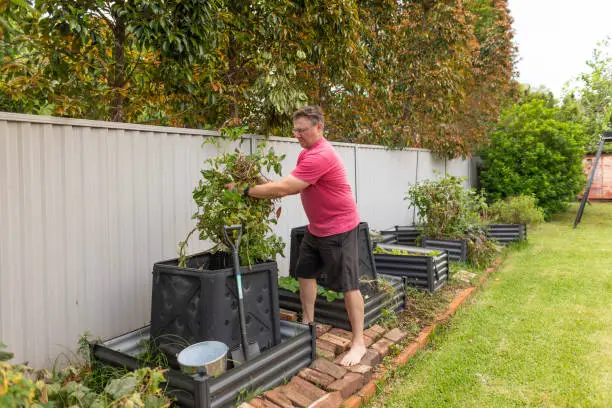
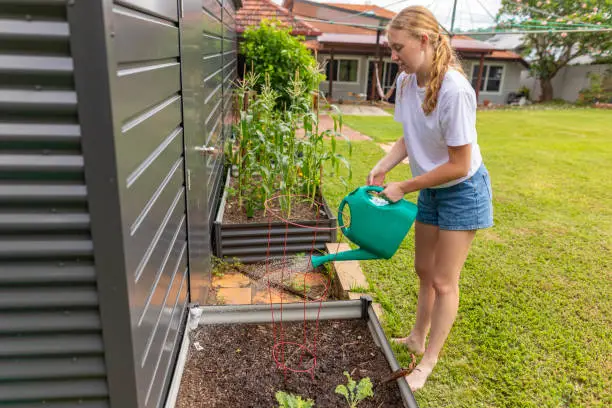
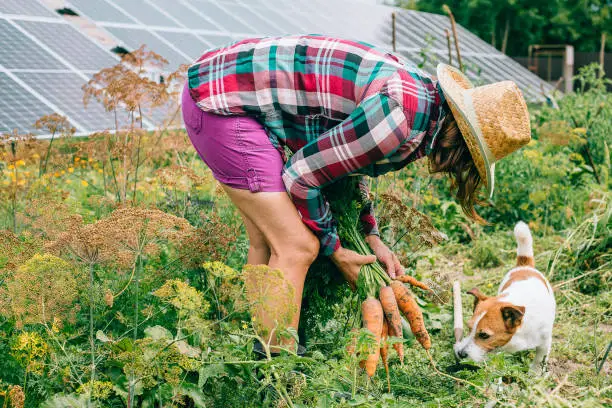

Leave a Reply